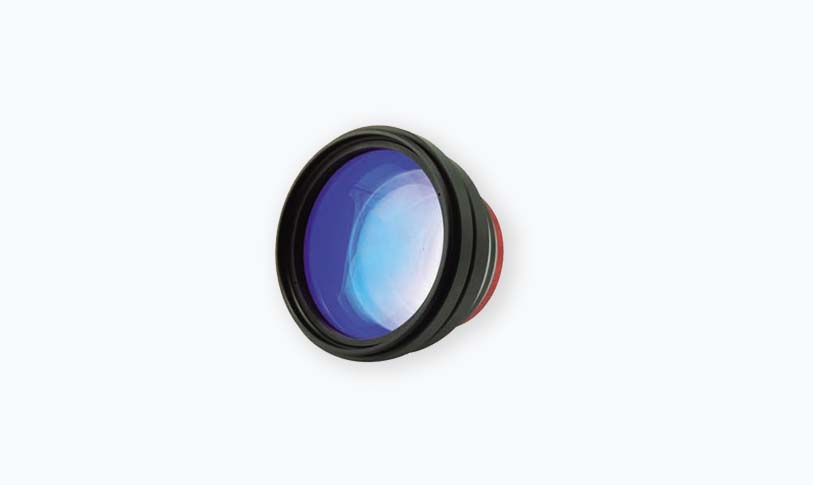
Understanding the Importance of Fiber Marking in the Textile Industry: Enhancing Quality, Compliance, and Consumer Awareness
In the textile industry, fiber marking has emerged as a critical aspect of product labeling and consumer information. Fiber marking refers to the identification and labeling of fabric fibers, detailing the types of materials used in the production of textiles. This vital practice not only aids in compliance with regulatory standards but also fosters transparency and trust between manufacturers and consumers. As awareness regarding sustainable practices and ethical sourcing continues to rise, understanding the role of fiber marking becomes increasingly important for both the industry and consumers.

Understanding the Importance of Fiber Marking in the Textile Industry: Enhancing Quality, Compliance, and Consumer Awareness
Fiber marking primarily serves two essential functions: adherence to legal regulations and enhancement of consumer knowledge. Regulations vary across countries, but many require fiber content labeling to ensure that consumers can make informed decisions about the products they purchase. This legal obligation means that manufacturers must accurately disclose the types of fibers used in their textiles, whether they are natural, synthetic, or blended materials. In the United States, for instance, the Textile Fiber Products Identification Act mandates that labels must specify the fiber content and the percentage of each type used. Failing to comply with these regulations can lead to penalties and consumer distrust.
From a consumer’s perspective, fiber marking is a valuable tool for making informed choices. The growing movement towards sustainability has led consumers to seek out products with specific qualities, such as organic materials or recycled fibers. By providing clear and accurate labeling through fiber marking, manufacturers empower consumers to choose textiles that align with their values. For example, a consumer who prioritizes eco-friendly practices may specifically look for clothing labeled with organic cotton or TENCEL™, both of which are linked to less environmental impact in comparison to conventional materials. Moreover, fiber marking helps individuals with allergies or sensitivities avoid certain materials, ensuring that they can find products that cater to their specific needs.
The textile industry is currently facing various challenges, including the prevalence of fast fashion and the associated environmental concerns. The waste produced from synthetic fibers, particularly microplastics, has prompted calls for greater accountability in the industry. In response, fiber marking has taken on renewed significance as brands strive to promote more sustainable practices. By clearly identifying the fibers in their products, brands can differentiate themselves from competitors, highlight their eco-friendly initiatives, and contribute to the overall effort of reducing textile waste.
Another pivotal aspect of fiber marking is the role it plays in authenticity and counteraction of counterfeit products. In an age where fast fashion and replicas often dominate the market, consumers are more inclined to invest in authentic, quality products. Accurate fiber marking helps safeguard against fraud by providing verifiable information about the materials used. For instance, luxury brands that use high-quality natural fibers can enhance their reputation by ensuring a clear label that reflects their commitment to quality. This not only reassures customers about their purchase but also reinforces brand loyalty.

Understanding the Importance of Fiber Marking in the Textile Industry: Enhancing Quality, Compliance, and Consumer Awareness
In terms of advancements in technology, the landscape of fiber marking is also evolving. Innovations such as digital labeling, QR codes, and even blockchain technology are being explored to provide consumers with detailed information about the product journey—from the origin of the fibers to manufacturing processes. Such technological advancements have the potential to build greater trust, allowing consumers to verify the authenticity of the materials used in their textiles through simple scans. This shift to a digital framework allows for more dynamic and interactive consumer experiences, ultimately promoting a culture of transparency within the textile supply chain.
In conclusion, fiber marking is a fundamental requirement within the textile industry that extends beyond mere regulatory compliance. It enhances consumer trust and knowledge, supports sustainability efforts, and combats counterfeiting. As the industry continues to adapt to changing consumer demands and environmental challenges, the practice of accurate fiber marking remains crucial. Stakeholders—including manufacturers, brands, and consumers—must work together to support effective fiber marking practices. By prioritizing transparency and the sharing of relevant information, the textile industry can pave the way toward more responsible consumption, ultimately benefiting both the environment and society as a whole.405nm uv laser


